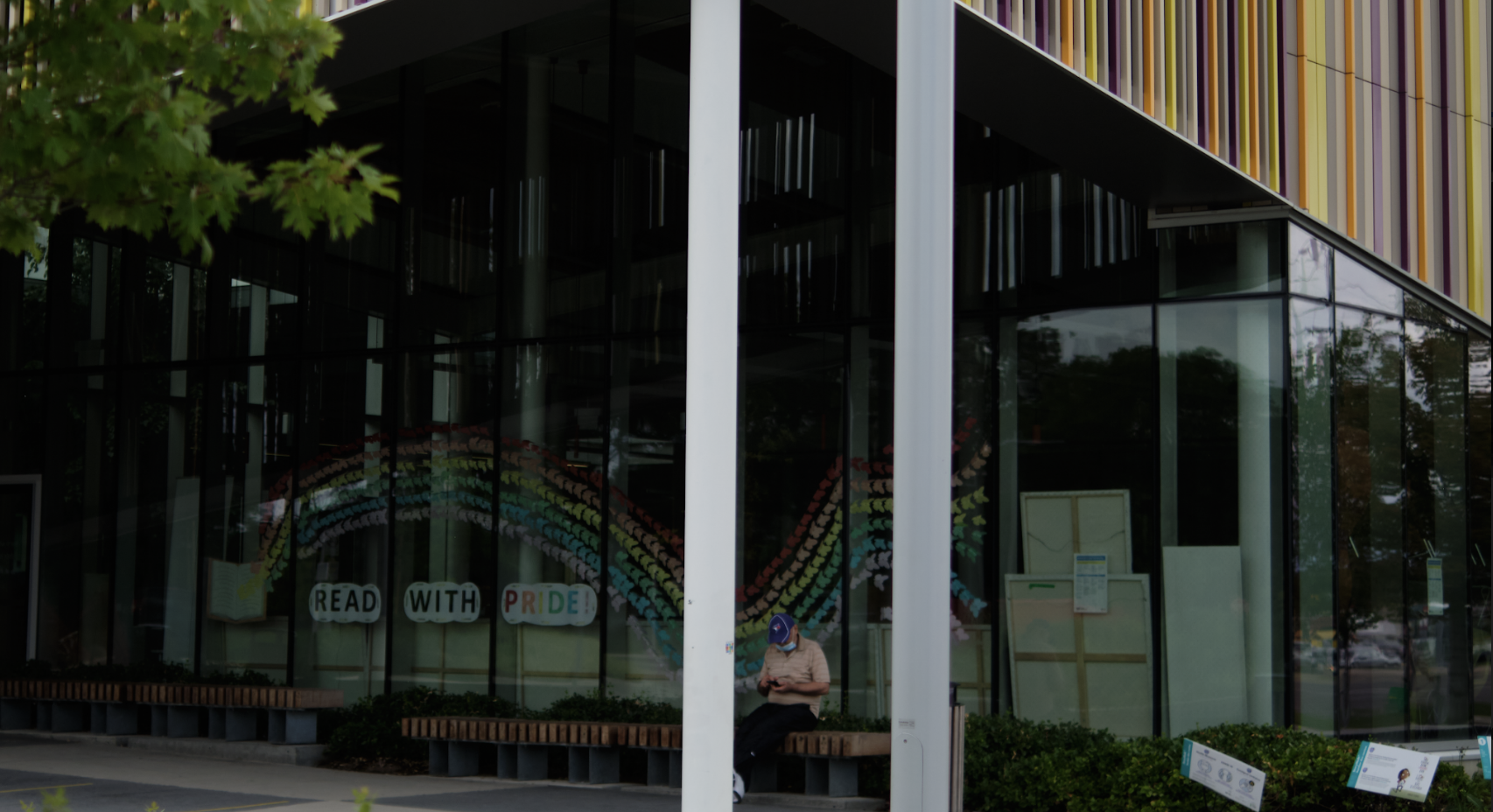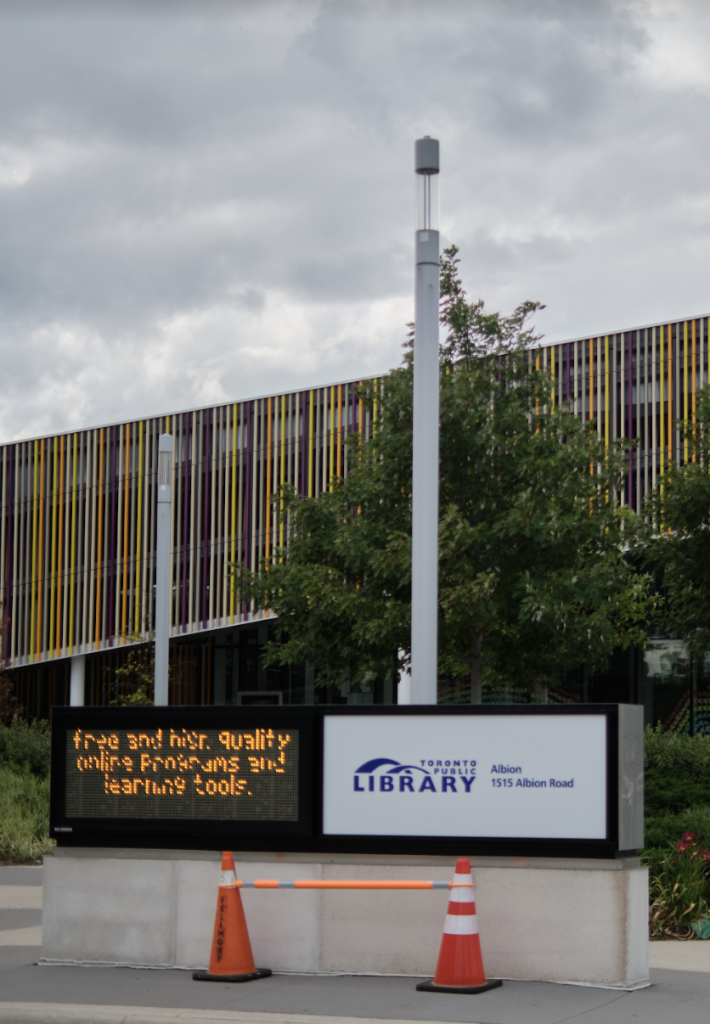Tools for urban thinking
We provide five ways to reduce inequality of neighbourhood standing in urban policy perspectives and nine priority policy directions.

Tools for urban thinking
We provide five ways to reduce inequality of neighbourhood standing in urban policy perspectives and nine priority policy directions.
5 Policy Perspectives
Reducing hierarchies of neighbourhood standing is primarily about a state of mind or set of habits. In the course of routine discussions about urban policy, to what extent does one overlook or take into consideration the perspectives and interests that characterise inner-suburban communities? Our study primarily aims to cultivate intellectual habits for recognizing these perspectives.
Faced with this complex challenge, there can be no one-size-fits-all solution or policy approach. Complexity cautions pragmatism. More specifically, we suggest
a) responding to the diversity within inner suburban neighbourhoods by seeking to consult as widely as possible on policy decisions. Pay particular attention to those who would fall in our most vulnerable clusters: younger, racialized, apartment dwellers, and racialized newcomers;
b) focusing on the assets that exist within these communities;
c) respecting the lifestyle choices and different understandings of concepts like walkability that local residents may have (instead of chasing an idealised downtown Toronto centric vision of a healthy community);
d) prioritizing short-term, tangible, attainable improvements to buildings, roads and the public realm;
e) taking a long-term focus on making these communities more complete neighbourhoods by increasing access to core local services and amenities neighbours prioritise, rather than re-engineering them from scratch.
In some ways this focus on building on neighbourhoods existing assets fits with the Toronto Strong Neighbourhood Strategy, if the strategy was given the financial support and coherent vision needed to re-energise it.
Translating this perspective into concrete policies requires an ongoing dialogue among residents, politicians, policy-makers, researchers, and more. Our goal is not to provide specific operational guidance. However, we believe our research yields a set of priorities that leaders can refer to orient discussions around the interests of local inner suburban communities in a way that grants their interests the equal standing it merits as Toronto continues to chart its course forward.





